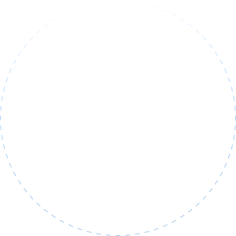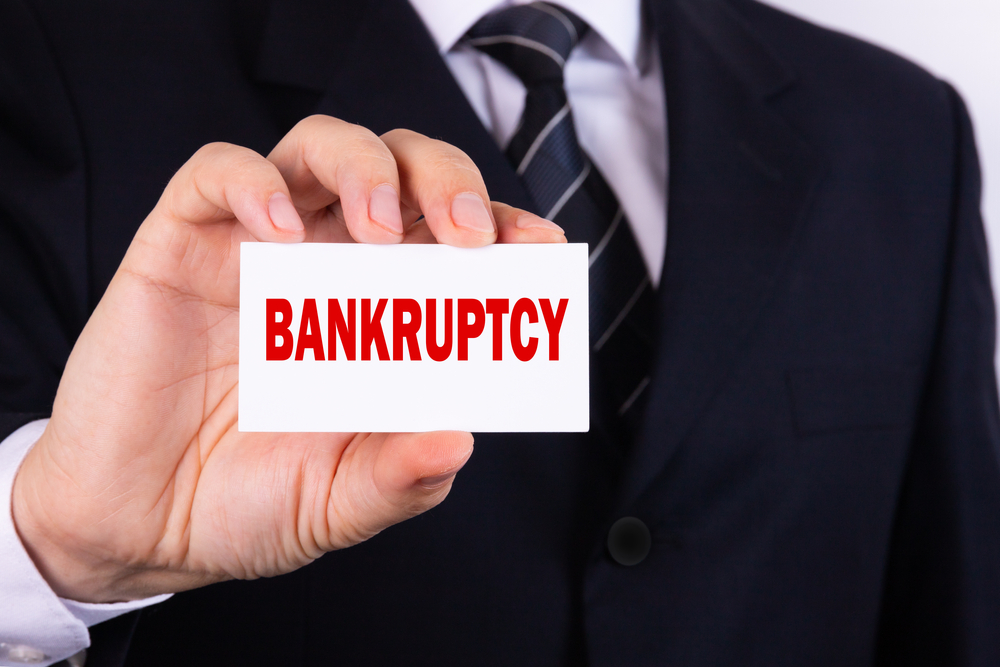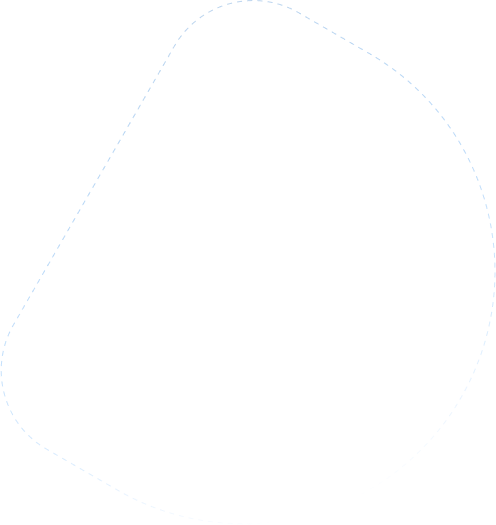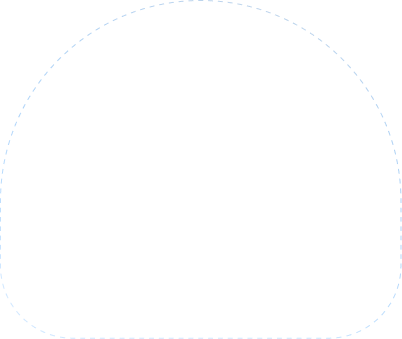For millions of Americans who are facing overwhelming debt, considering filing bankruptcy offers a way to regain control of finances and look forward to a brighter future. There are multiple types under the US Bankruptcy Code, two of which are common for individual filers. Chapter 7 eliminates a debt, and Chapter 13 involves reorganization of your debt into a payment amount you can afford. Both offer significant benefits, including the automatic stay that puts an end to harassing creditor calls.
However, there are strict eligibility rules for Chapter 7 and Chapter 13. Bankruptcy is an effective solution for you to take control over debt, but you must keep in mind that the creditor suffers loss. This is why the US Bankruptcy Code imposes exacting criteria, aiming to make sure only those who truly need bankruptcy will qualify to file.
In addition to eligibility for Chapter 7 or Chapter 13, it is also important to determine which is the right fit. You might qualify for both, but one could be a clear benefit for your situation. With such important decisions to make about your financial future, you will need advice from an Arizona bankruptcy attorney. You can also read on to learn the eligibility requirements for filing bankruptcy.
Overview of US Bankruptcy Laws
To better understand whether you qualify, it is helpful to first understand how the two types of bankruptcy work.
Chapter 7: Sometimes called bankruptcy discharge, Chapter 7 wipes out your debt if you qualify. You will not owe creditors once the case is over, but there is a key caveat that may impact your case. This type is also referred to as liquidation bankruptcy because the bankruptcy trustee in charge of your assets can sell them to satisfy the debts of creditors.
The trustee cannot touch your exempt assets, however. You will not lose your home, vehicle, retirement, and other designated belongings. Only non-exempt assets can be sold, including a second home or RV. In practice, a bankruptcy will not liquidate non-exempt assets that are low value or cumbersome. Therefore, many people who file Chapter 7 will be debt-free and retain all that they own.
Chapter 13: Not everyone will qualify for Chapter 7, but they may get debt relief through Chapter 13. Through this process, your debts are reorganized into a lower monthly payment that you can afford. Over the next three to five years, you pay creditors back through your debt repayment plan. When the case is over, you will get a discharge of most debts. There is no liquidation in Chapter 13, so you will not lose any assets.
Qualifying for Chapter 7 in Arizona
In comparing the two, Chapter 7 is the toughest to meet in terms of eligibility. To qualify, your income must be below certain thresholds as determined by a two-step analysis:
- Median Income Test: If your earnings are equal to or less than the Arizona state median income, you could automatically qualify. The income amount varies according to the size of your household, and it fluctuates according to the date that you file your Chapter 7 petition.
- The Means Test: When you do not meet the income level requirements, you may still be eligible for this test. Your disposable income is the focus, measured by your take-home pay minus basic living expenses. If you do not have the means to pay creditors after calculating this value, you could qualify for Chapter 7.
In addition to income, your history of bankruptcy is also an important eligibility factor. US bankruptcy laws prevent people from filing, discharging debt, incurring it once again, and then filing Chapter 7 a few years later. You do not qualify if you had debts wiped out through Chapter 7 in the last eight years, or if you went through Chapter 13 debt reorganization within the last six years.
Eligibility Under Chapter 13 in Arizona
The rules to qualify for Chapter 13 are less stringent, though your income still plays an important role. This type of bankruptcy is the reduction and reorganization of your debts into a debt repayment plan, and you submit these amounts to the trustee monthly. However, the court will only confirm and approve a plan if you have enough disposable income to keep up. Fortunately, the judge will allow you to modify the plan, so that it is acceptable to the court. If you are unemployed, you will not qualify.
An important rule about eligibility for Chapter 13 is the total amount of debt you hold. Secured debts, such as your home mortgage and car loans, are limited to $1,395,875 if you file for bankruptcy in 2023. Unsecured debt is limited to $465,275 for Chapter 13. This category includes credit card debt, personal loans, medical bills, and lines of credit.
In addition, Chapter 13 is only for individual filers. Companies organized as corporations, LLCs, or partnerships do not qualify. However, those who operate a business as a sole proprietorship would be eligible. There is no separation between the owner and the company, so the process impacts both. Therefore, going through Chapter 13 bankruptcy could improve the financial outlook for you and your business.
Special Factors to Consider When Filing Bankruptcy in Arizona
Now that you have a grasp of how eligibility works for Chapter 7 and Chapter 13 bankruptcy, you should note some important points about these cases.
- You cannot eliminate all debts through either type of bankruptcy. There are some that are classified as nondischargeable debts, such as child support, alimony, and a judgment against you from a DUI accident case.
- Even if you qualify for Chapter 7, Chapter 13 might be more beneficial for your situation. If you have significant non-exempt assets, you would lose them in Chapter 7. Plus, Chapter 13 remains on your credit report for 7 years instead of 10 years.
- If you have concerns about completing your Chapter 13 repayment plan, it is important to speak with an Arizona bankruptcy attorney right away. You may have options to request a modification, a hardship discharge, or conversion into a Chapter 7 case. If you fail to make payments, the court could eventually dismiss your case, leaving you on the hook for all debts and interest.
- Do not be tempted to gift assets or sell them at less than fair market value during the months leading up to filing for Chapter 7 or Chapter 13. These could be considered fraudulent transfers, and the assets will be brought back into the case despite your attempts. Your case may even be dismissed, and you could face a fine.
Bankruptcy is a Fresh Start
There are many benefits to Chapter 7 and Chapter 13 bankruptcy, including effects on your mental health. You are no longer paying all that you can, only to see the amounts go toward late fees and interest. The balance grows, creditors begin harassing phone calls, and you worry about the next steps they will take. When the process is complete, you will be debt-free. Even if you cannot discharge all amounts, you may be able to pay these debts back after eliminating most of what you owe.
Plus, there are other advantages you gain by filing the type of bankruptcy that best suits your needs:
- As soon as you file your bankruptcy petition, there is an automatic stay on all creditor collection efforts. They cannot call, pursue a lawsuit, garnish wages, foreclose your home, or repossess your car. It remains in effect throughout the case.
- You can protect exempt assets through Chapter 7 bankruptcy, though non-exempt assets are at risk of liquidation. However, the list of exemptions is extensive in Arizona, giving you the advantage to shield qualifying property. In Chapter 13, there is no liquidation of exempt or non-exempt assets.
- In the months before you file for bankruptcy, you will need to go through credit counseling through an approved provider. Before your case is complete, you must also do a debtor education course. Together, these sessions provide you with valuable tools to avoid getting into trouble with debt in the future.
Steps in the Legal Process
Chapter 7 and Chapter 13 work differently, but they start in a similar fashion. After credit counseling, you can file your bankruptcy petition. You will need to prepare in advance by collecting and organizing all financial documents. These will be necessary to complete the petition, forms, and supporting paperwork. Your Arizona bankruptcy attorney will help you navigate the steps and stages of the process, which include:
- You file the appropriate bankruptcy petition, putting the automatic stay on creditor efforts into effect.
- The bankruptcy trustee takes over your assets and debts, known as the bankruptcy estate.
- If you are filing Chapter 13, you must submit your proposed debt repayment plan within 14 days after starting the case.
- You will participate in a creditor meeting to address any objections or raise other issues with your case.
- After liquidating non-exempt assets, Chapter 7 is over and you have no debts.
- Once the court confirms your Chapter 13 debt repayment plan, you will pay the monthly amount to the trustee for three to five years. Eligible debts are discharged once complete.
Trust an Arizona Bankruptcy Lawyer to Explain The Eligibility For Filing Bankruptcy
Reviewing the criteria to file Chapter 7 or Chapter 13 is helpful, but it takes an in-depth analysis of your debt and overall financial picture to make a decision that suits your situation. Our team at DebtBusters is knowledgeable about eligibility rules and experienced in advising clients on options to get a fresh start. Please contact our office in Scottsdale, AZ today. You can set up a free consultation by calling (866) 223-4395 or going online. After we learn more about your circumstances, we can get started on the process.
Related Content: Can I Keep My Retirement Savings in Bankruptcy?

